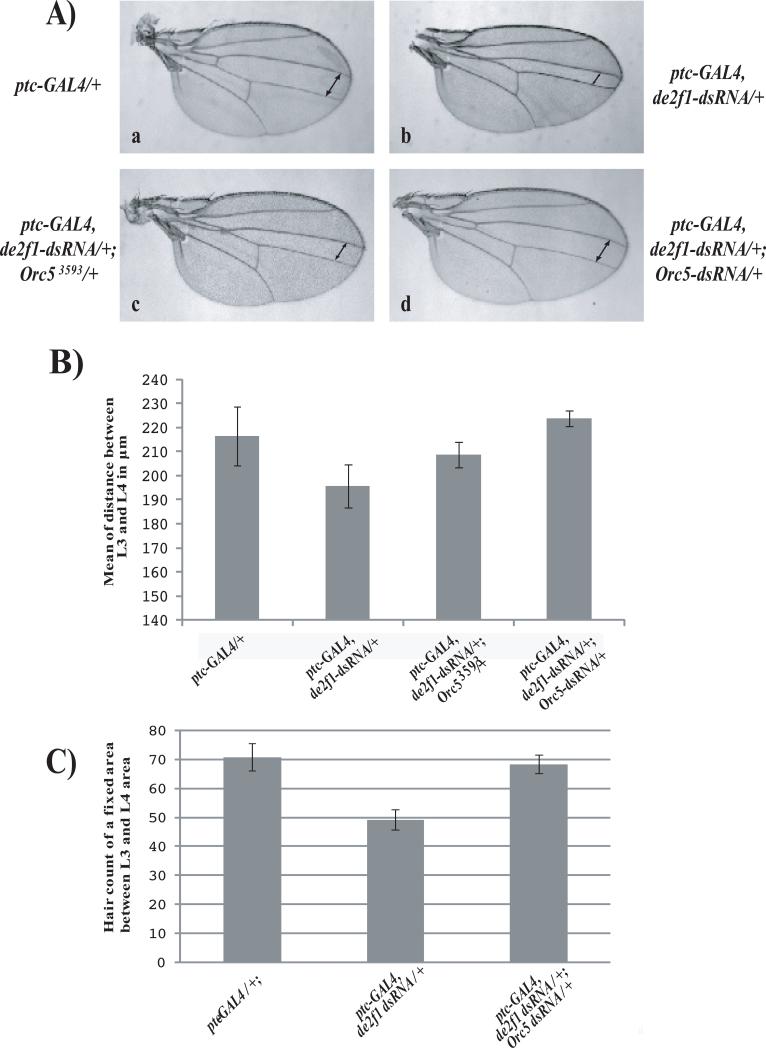FIGURE 2. ORC5 reduction suppresses the de2f1-dsRNA phenotype in the wing.
2A) The distance between the L3 and L4 interveins of wild-type wings (a, indicated by arrows) is reduced by the expression of the de2f1-dsRNA transgene (b) from a ptc-GAL4 driver. Note that this effect is significantly suppressed by either halving the dosage of OCR5 (c, orc53593) or by expression of an Orc5-dsRNA transgene (d).
2B) Quantification of L3-L4 intervein distance (μm) for each genotype depicted in a-d (mean ± SD, n = 10 individual females per genotype).
2C) Barr graph illustrating wing hair counts from adult wings of a fixed area between L3 and L4 showing that reducing the levels of dE2F1 resulted in a decrease in cell number when compared to wild-type counts and this reduction was suppressed by the simultaneous expression of an Orc5-dsRNA transgene. (mean ± SD, n = 10 individual females per genotype).

